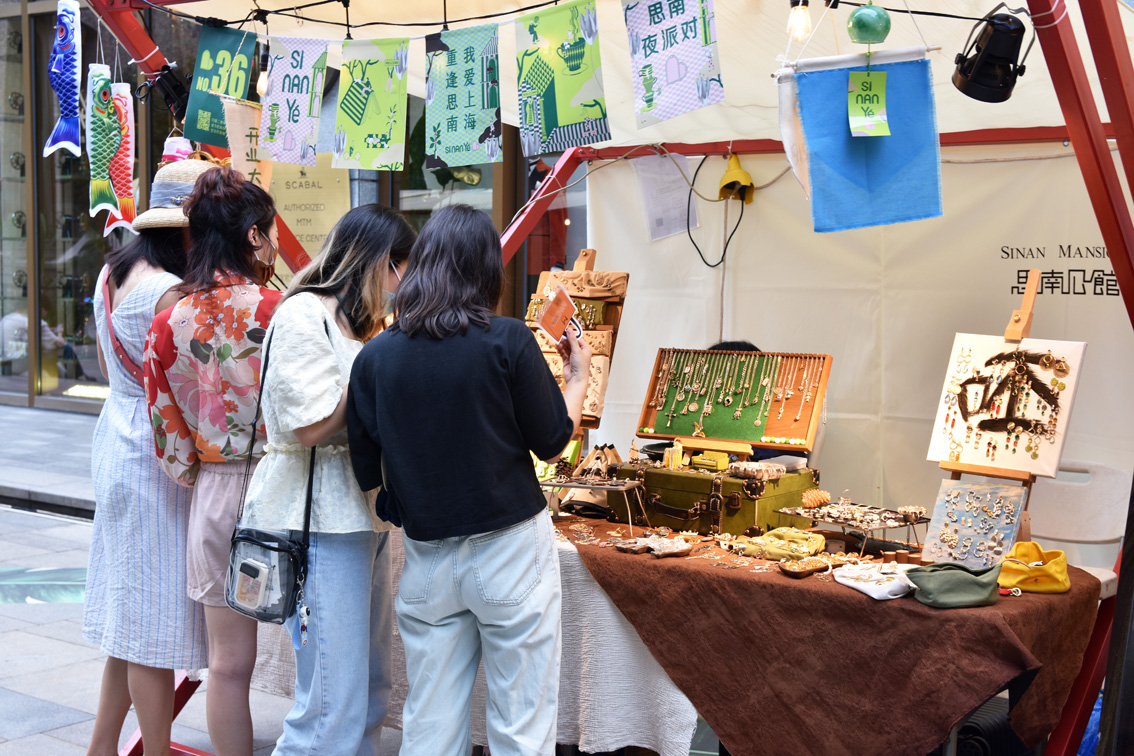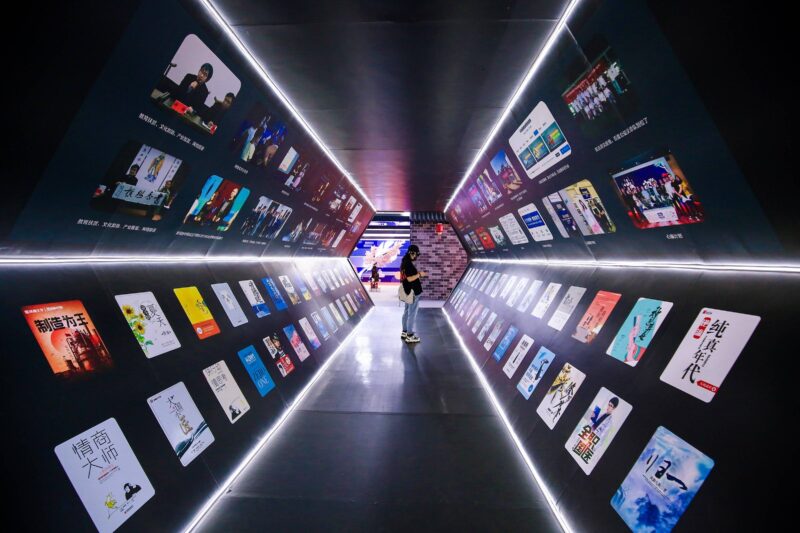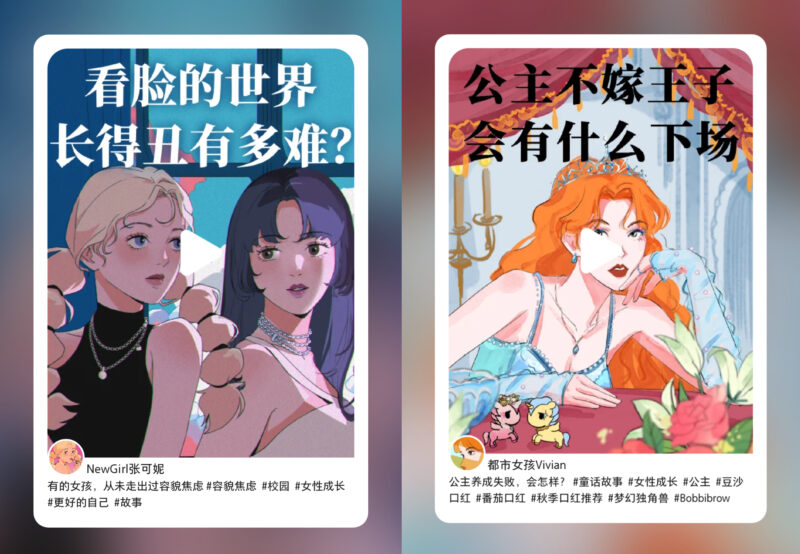The practice of strolling around a market – once commonplace amongst the middle-aged – has now become a popular pastime for the post-90s and post-00s in China. While inheriting the down-to-earth nature of the traditional community market, these modern marketplaces tend to see more artistic and fashionable twists.
Markets with a new lease of life
With artisan coffee, cultural and creative handicrafts, and vintage fashion and accessories replacing rough household items and other miscellaneous products, those bazaars have now been reborn as “Creative Markets” (or 创意市集chuàng yì shì jí) that draw in footfall from many but in particular, hipsters.
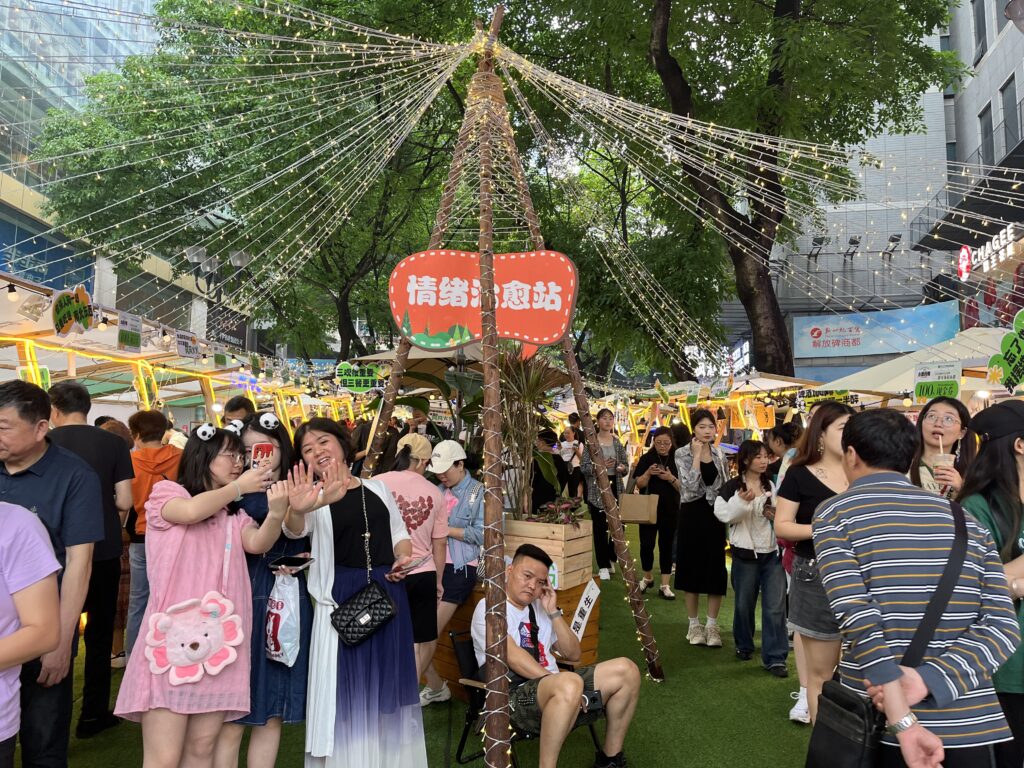
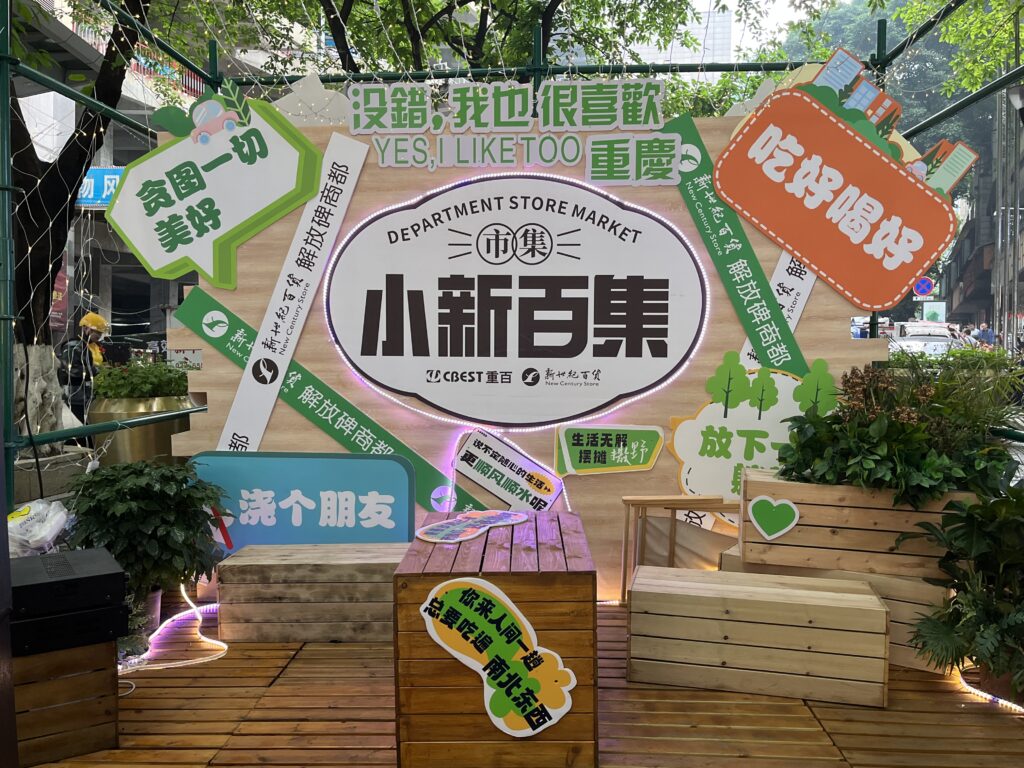
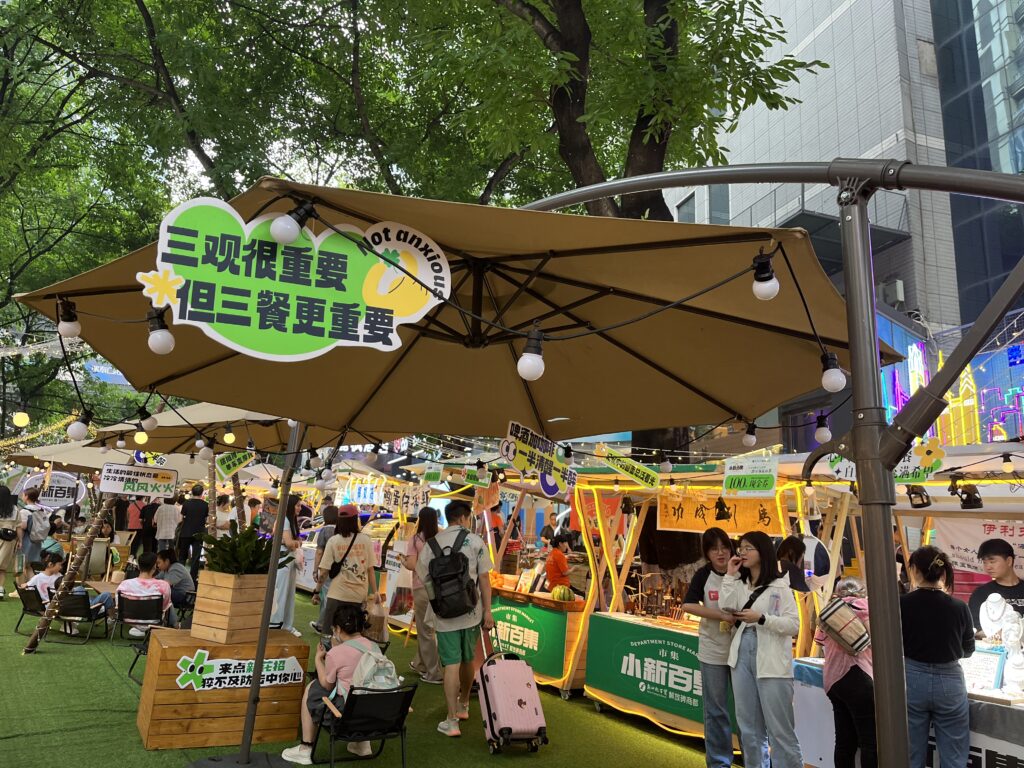

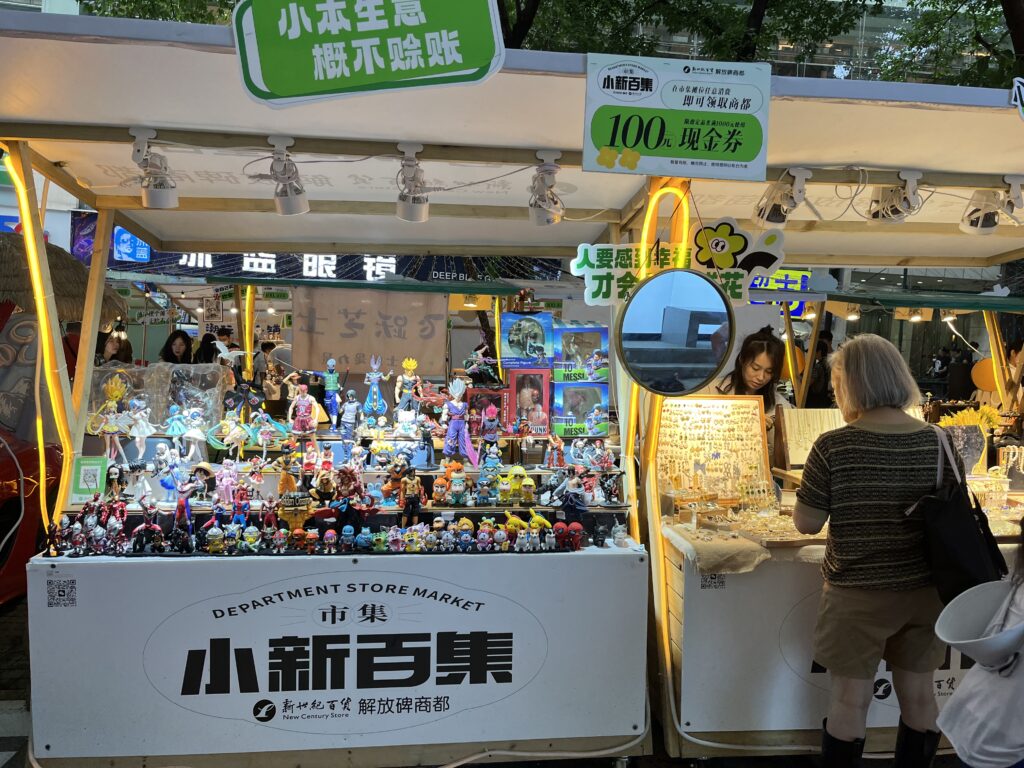
On Xiaohongshu, China’s largest lifestyle-sharing platform, the hashtag “Creative Markets” has attracted over 120 million views with other relevant topics also garnering hundreds of millions of reads, evidencing the great appetite for exploring open-air markets amongst Xiaohongshu’s users, who are predominantly of the Gen Z cohort. Having shrewdly observed this trend, the platform introduced market-inspired offline events, including “REDcycle Market” and “Summer Market”, leveraging the market sensation and the consumer desire for outdoor activities amid relaxed COVID rules.
Now, the practice has seen even wider adoption, with bazaars popping up across the country under themes varying from glamping and music to pet and Guochao (or national wave). While the vendor space has been diversified with some young consumers joining in with their possessions which have been lying idle, high-end shopping complexes including Beijing SKP, the world’s most profitable luxury shopping mall, also jumped at the rising obsession by bringing a vintage open-air market alongside its indoor antique exhibition in April.
Cities embracing the new practice
A post by 市集汇 (shì jí huì, or Market Collector), a public account on Xiaohongshu publishing open-air markets’ operating schedules, shows a total of 36 markets installed at various parks and shopping malls in the capital city and are set to welcome visitors in June. In addition to Beijing, Shanghai, Guangzhou, Hangzhou, Chongqing and Chengdu are also among those active market host cities. Zhengzhou, meanwhile, a new Tier-1 city and capital of the east-central Henan province, shows its intention to grab a slice of the “Creative Markets” fever by installing a PULO MARKET that opened last October.
A total of 36 markets installed at various parks and shopping malls in Beijing and are set to welcome visitors in June.
Situated in The Ideal Land, a creative industrial park in Zhengzhou, PULO MARKET is dubbed “ceiling of markets” with a natural wood colour being the main hue. Integrating some of the day-to-day go-to’s such as fresh produce markets and lifestyle artistic retail, the space can accommodate more than 30 independent brand vendor stalls, creating a marketplace that gives a nod to nature while also catering to the lifestyle of today’s young generations.
What makes it appealing to young Chinese?
The combination of a modern and stylish aesthetic and the hustle and bustle market ambiance is what the young demographics of consumers appreciate most about the refashioned marketplace. While for vendors, such a space serves as an alternative offline extension of their online businesses, thanks to the hobby of taking and sharing “check-in” photos amongst young Chinese.
As such, it creates another avenue to drive their online traffic, as physical interaction and on-site consumption have become an effective “seeding” (a peer-to-peer recommendation process) tool. In an interview with the Chinese news outlet Yangzi Evening Post, a cultural and creative Taobao shop owner said visits to her online outlet on the e-commerce platform increased by 50% after three-day of street vending at an open-air market in Nanjing last year.
Physical interaction and on-site consumption at markets have become an effective “seeding”.
The renaissance of open-air markets in China indicates that physical experience continues to be key to engaging the country’s lucrative Gen Z demographics. The renovated market space while keeping the bustling vibe of traditional local markets, models anew the market visiting experience with artistic tastes and products that reflect the contemporary lifestyle lived by the new generations of consumers. The growing enthusiasm for such a practice from China’s Gen Z also brings out a more affordable way for brands to entertain, and ultimately, penetrate their target audience.




